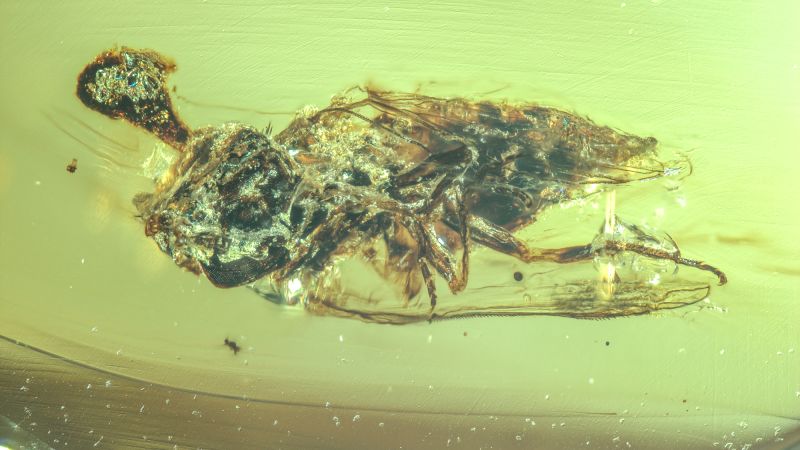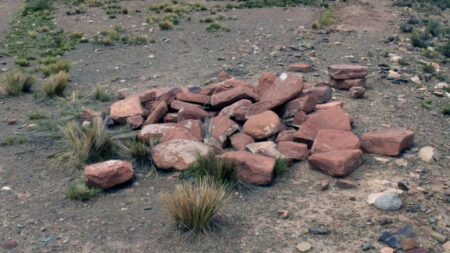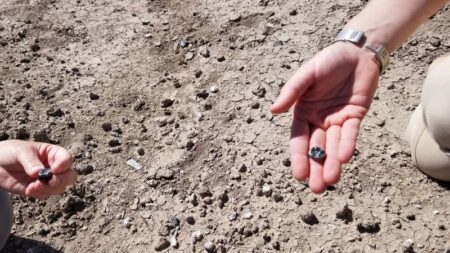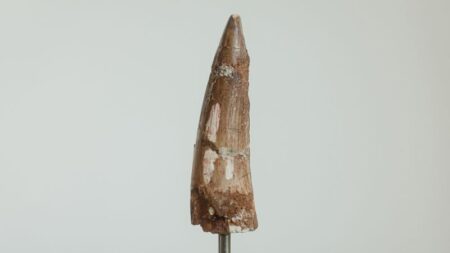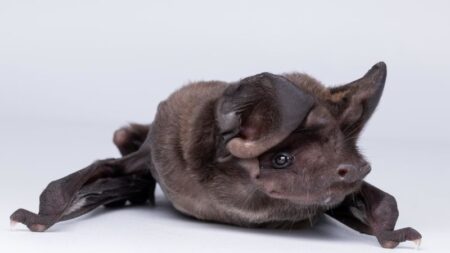### Editor’s Note and Introduction to Science Fascinations
In the latest edition of CNN’s Wonder Theory science newsletter, an engaging narrative delves into the intriguing intersection of real-life phenomena and science fiction. In particular, the article spotlights the mutant parasite concept popularized by the video game franchise “The Last of Us.” This franchise has captivated audiences through its unique blend of horror and imaginative storytelling while drawing inspiration from bizarre yet fascinating elements of nature.
### The Inspiration Behind “The Last of Us”
The creators of “The Last of Us,” which has expanded to a television series on HBO—a subsidiary of Warner Bros. Discovery—based their chilling narrative around a fungal pathogen. This pathogen is akin to a particular type of fungus that takes control of the brains of ants, releasing lethal spores. In the game and show, the horrifying possibility is extended to humans, where the fungi infiltrate and manipulate their bodies. The spread of this disease is depicted as unstoppable; hosts erupt with mushroom-like structures, exemplifying the terrifying consequences of such an infestation.
### Scientific Basis and Recent Discoveries
The actual counterpart in nature, the Ophiocordyceps fungus, primarily targets various insects, providing a scintillating basis for the fictional storyline. The narrative thickens with recently unveiled discoveries that illuminate the history of mind-controlling parasites, revealing they have plagued insects for millions of years. A striking example includes amber—dating back 99 million years—entombing a fungus that was emerging from a fly, marking it as one of the earliest instances of a fungal parasite manipulating an insect’s body before its demise. This find suggests that these intricate biological relationships existed even alongside dinosaurs.
The research conducted by Yuhui Zhuang, a doctoral student at the Institute of Paleontology in Yunnan University, China, posits that these fungi could have preyed on various insects, hinting at a rich tapestry of ancient ecosystems. Meanwhile, another specimen showcases an infected ant sealed in its pupal stage, raising questions regarding the evolutionary lineage of today’s parasitic fungi.
### Space Missions and Scientific Advances
Shifting our focus from microscopic organisms to extraordinary human endeavors, this week marked the successful launch of Axiom Space Mission 4. This private astronaut mission headed for the International Space Station (ISS) faced delays primarily due to an ongoing air leak issue affecting the research facility’s integrity. Identified back in 2019, the leak, emanating from a tunnel connecting Russia’s Zvezda module to spacecraft docking ports, has raised persistent concerns about air loss in the ISS.
In collaboration with agencies such as the European Space Agency (ESA) and NASA, the Solar Orbiter has achieved an unprecedented milestone by capturing visuals of the sun’s south pole for the first time, augmenting our comprehension of solar dynamics and their effects on Earth. Additionally, the Vera C. Rubin Observatory, renowned for housing the world’s largest camera, has released its initial cosmic imagery. The data includes over 2,000 newly identified asteroids and stunning depictions of celestial phenomena, marking the beginning of extensive ten-year observations aimed at chronicling the universe’s dynamic nature.
### Marine Biology and Unique Animal Behavior
The narratives of discovery continue beneath the waves, where drone footage has revealed a unique behavior among orcas in the Salish Sea, located in the Northeast Pacific. These Southern Resident killer whales were observed using bull kelp for grooming in a behavior termed “allokelping.” Michael Weiss, a research director at the Center for Whale Research, documented this never-before-seen practice, suggesting it serves the dual purpose of social bonding and skin exfoliation.
### Conclusions and Additional Noteworthy Discoveries
In addition to the thrilling tales of orcas and space explorations, several remarkable scientific stories have emerged, showcasing the resilience of our planet’s ecosystems. Conservation efforts have identified “super corals” in Australia, which exhibit natural resilience to harsh environmental conditions, potentially offering hope for the Great Barrier Reef. Moreover, archaeological finds in the Netherlands have revealed a nearly 1,000-year-old sword adorned with spiritual symbols, while paleontological advancements in Colorado have uncovered a new dinosaur species, comparable in size to a Labrador retriever, demonstrating the myriad wonders we continue to discover about our world.
In summary, the integration of science fiction with real-world phenomena not only fuels creative narratives but also drives the scientific quest for understanding our planet’s history and the universe beyond. For continued insights and updates on these themes, interested readers are encouraged to subscribe to CNN’s Wonder Theory for their next edition, delivered directly to their inboxes.






